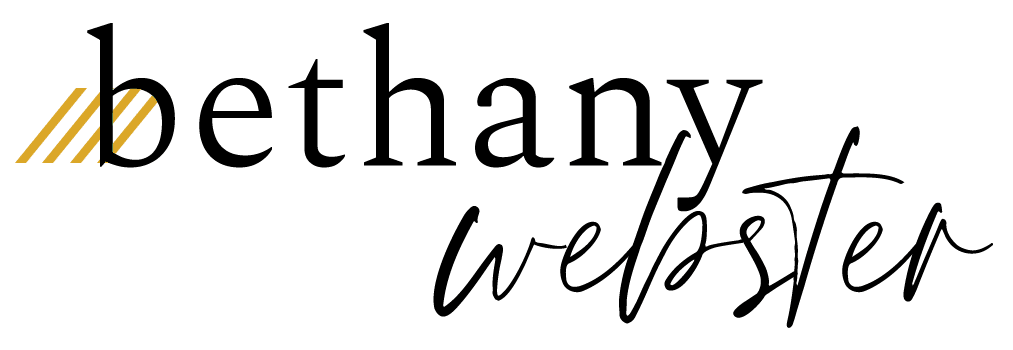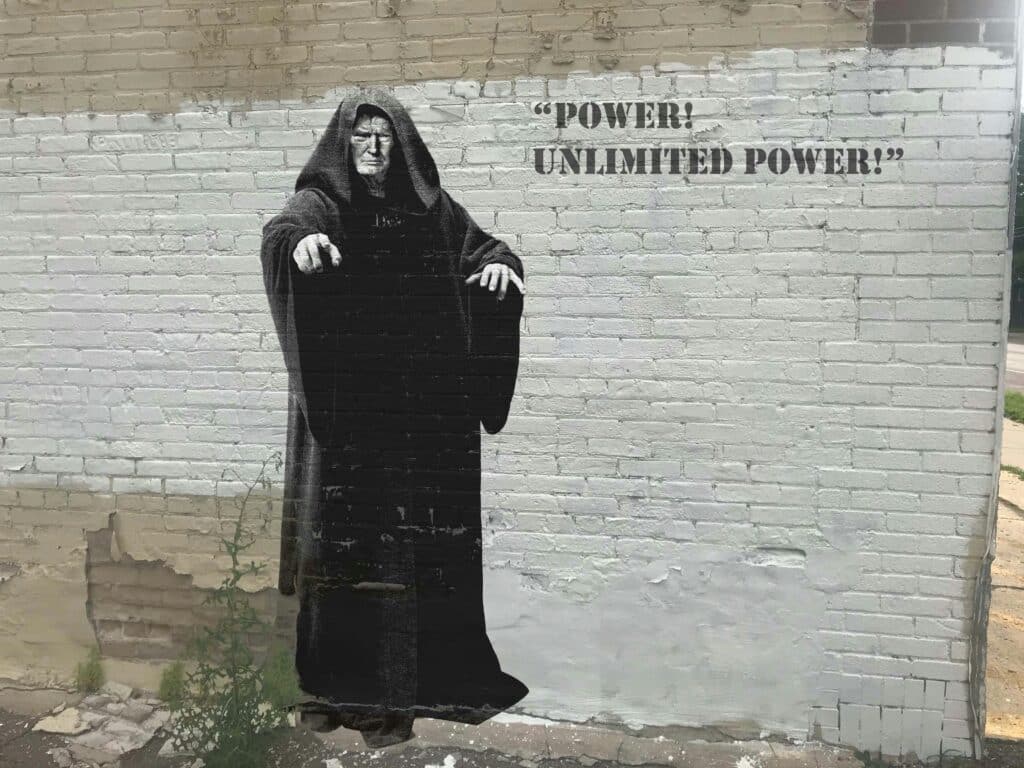The Power of Disruptive Truth-telling: The Importance of Initiating Difficult Conversations

At this time in history, women are increasingly feeling the call to step forward to tell the truth and disrupt dysfunctional patterns wherever we see them. This “disruptive truth-telling” is part of our gifts. The more skilled we are at initiating difficult conversations, the more we can make profound change in the world wherever we find ourselves.
We are surrounded by crumbling systems and ways of being that do not honor life. We have the power to disrupt business as usual, whether in our families, jobs, communities or nations.
The phrase “disruptive truth-telling” does not mean to create chaos or conflict for the sake of it. Rather, it means disrupting dysfunction in order to bring the course of thing to a higher level.
As little girls many of us were taught to distrust our observations and intuition. Growing up in our families, telling the truth may have led to punishment, humiliation, withdrawal, or physical violence. Telling the truth may trigger a visceral fear of stepping up and using our voice as a force for change. Our painful histories may have conditioned us to avoid conflict and try to create “peace” at all costs, as a way to keep that fear at bay.
It is through addressing those childhood fears that we can dissolve the paralysis we may feel in the face of so many current challenges.
I believe that the women who become skilled at initiating difficult conversations will be the most effective and transformative leaders of our time.
Becoming skilled at disruptive truth-telling requires that we practice detachment in two main areas:
1. Detach from a need for “peace” at all costs
The more conflict-avoidant we are, the less real we are and the less authentic we allow others to be. There’s a direct connection between our ability to navigate conflict and our ability to be true. One of the reasons for this is that many of us experienced turbulent, conflict-ridden homes as children and as a way to stay safe, made a vow to never create or contribute to conflict. That vow may have kept us safe as children but left unexamined, it becomes a barrier to our full power as women. Being willing to tolerate the ambiguity inherent in moving things to a higher order requires that we have a deeper source of stability within ourselves that we can find comfort in when the outside world is in flux.
2. Detach from the need to be liked, understood and approved of
It’s natural to enjoy being liked and understood. But to “need” it in order to feel OK is a form of giving our power away. As little girls we needed to feel approved of by our mothers and fathers to survive emotionally intact. Everything was based on that bond. If that bond was compromised when we were children, as adults we may conflate being liked with being safe, placing our source of emotional safety outside ourselves as we did when we were children. Mastery involves cultivating the primary source of our approval within ourselves. This inner source allows us to take risks in being real, telling the truth and feeling the unsurpassed joy of feeling our actions in alignment with our truth. There is a delicious kind of freedom in having the capacity to validate your own reality when others around you cannot.
Developing the inner strength to detach from those two “sources of silence” requires that we cultivate a strong relationship with the little girl inside us and address her fears.
The inner child, who is a living energy within you, may still believe that truth-telling will lead to some kind of mortal loss and so you may find yourself avoiding it. Often it is the inner child that sabotages our efforts and keeps us silent as a way to keep us safe. Healing the Mother Wound and becoming a loving “inner mother” to our inner child clears the pathway to voice your truth from a place of inner strength and self-love. Rather than looking to the old, limiting patterns of your childhood as a measure of being safe, the inner child begins to look increasingly to you, your adult self, for reassurance and comfort.
This inner bond between your inner child and your adult self (inner mother) is the firm ground you can stand on for disruptive truth-telling and creating transformation all around you.
Here are some brief, real-world examples. (Names and details have been changed.)
Alex lived in a home where her parents provided for her physical needs but consistently ignored her emotional needs. Her father was a workaholic and her mother was anxious and so relied on Alex for her emotional support. Feeling her mother’s fragility and the emotional tenuousness of the family in general, Alex was chronically hypervigilant. She felt she always had to be “at the wheel” to fill the vacuum of emotional safety her parents could not provide. Being silent and vigilant was how Alex kept herself safe. As a naturally sensitive and perceptive child, she was acutely aware of things unsaid in the home, the moodiness of her parents and the general tensions in the family as a way to prevent any conflict. As an adult, Alex was a respected, high-level executive in a corporation and because of her childhood history, one of her gifts was being able to discern the unspoken things that needed to shift to bring situations to a greater harmony and move projects closer to the goal. Her biggest challenge at work was feeling safe enough to actually share her observations with the group she was a part of. Her inner child, Little Alex, was terrified that speaking out would cause people to be angry, triggered, disappointed with her and so for years she kept many of her ideas and observations to herself, constantly questioning and doubting herself.
One of Alex’s biggest healing breakthroughs came in the form connecting with Little Alex and reassuring her before she spoke out. Through the deepening of that inner bond and taking increasingly bigger risks in disruptive truth-telling, her inner child began to see that telling the truth was not nearly as unsafe as it was when she was a child. It was actually a form of helping others and being true to herself! She happily discovered that she could survive other people not liking her and that often it was just a temporary disconnection that lead to a more genuine relationship overall. The evidence was overwhelming; when Alex began sharing her observations consistently in her job, everything improved. She felt more effective, was more respected and sought after in her company and the success of her projects improved exponentially. Alex felt increasingly empowered to consciously own her gift of disruptive truth-telling and felt the exhilaration of using each opportunity that presented itself as a way to contribute to the whole from a place of centeredness and self-trust. Prior to this, Alex had tried all kinds of workshops, books, methods to dissolve her fear of speaking out. It wasn’t until she cultivated an inner bond with her inner child that she was able to move through it.
Sharing our truth serves others, even if their personalities react negatively. Trust that when something is deeply true for you, that truth will serve others as well, even if you don’t know how.
Another woman, Liza, learned from an early age that her safety came from and suppressing her emotional needs and submitting to her mother’s demands. After a devastating physical accident at 4 years old, in which her mother patched the physical wounds but coldly ignored her needs for emotional reassurance, Liza made a vow to suppress her true needs and obey her mother in an effort to get her approval. This pattern continued into adulthood, with her giving her power away to bosses, spiritual teachers and romantic partners. It wasn’t until a chronic illness appeared that she realized she had to speak her truth, no matter the cost. Breaking the pattern involved accessing a healthy outrage on behalf of her inner child, Little Liza, who had been equating obedience and silence with safety. Feeling the healthy outrage on behalf of the child she was and grieving the full magnitude of how she suffered as child, allowed her to increasingly feel her own worthiness, and access the strength to speak her truth to her husband that had been putting his needs above hers for years. By developing a loving relationship with her inner child, Liza began to see the old beliefs operating and how they kept her stuck for years. Liza spoke her truth to her husband and initiated a separation. She has also stood up for herself at her job where she had been silent as well, tolerating dynamics that were exhausting her for years. With a visceral sense of lightness and a growing bond with her inner child, Liza is stepping into a whole new chapter of her life with greater confidence and inner strength than ever.
Speaking out in one area can make it easier to do so in other areas.
Michelle is an entrepreneur who is not only savvy in business but also in the visual arts. As a vibrant, talented young girl, she suppressed her craving for artistic endeavors because her mother didn’t approve. Every time she expressed her love for painting and desire for being an artist, her mother withdrew or snarled in disapproval. Michelle suppressed this wild, wise and intuitive part of herself and dove into being a successful businesswoman. This self-suppression bled into other areas, causing her to pick disrespectful partners, overwork at her job and tolerate inappropriate behavior from her employees. Her healing breakthrough came as she connected with Little Michelle, transforming that sense of shame for being different, into a sense of her wild, creative side being a special, valuable part of her gifts. As she validated the hunger for approval from her inner child and affirmed the goodness and lovability of her wild, creative side, she began to see how often she tolerated being overlooked and undervalued. This growing awareness and her growing sense of worth supported her in owning her value and asking for more from her employees, company donors, and her romantic partner. Some people have left her life, and new, more nourishing relationships have emerged. Michelle feels like she is taking a quantum leap. Using her voice has been raising the quality of everything around her and her sense of effectiveness as a leader and her inspiration as a painter is soaring.
We can speak the deeper truth wherever we are. Truth spoken somewhere supports truth spoken everywhere.
Examples of times we need to tell the truth include:
- When a group is losing sight of the goals
- When other people or living things are being harmed
- When rights are being taken away
The vast majority of the catastrophes we face are sourced from the deliberate, continued silencing of women, people of color and devaluing of the earth itself.
Any way that we can speak out we must. And any way that we can support other women and people of color in speaking their authentic truth, we must do so. Women of color experience even more risk for their silence than white women. For those of us who are privileged in any way, we must hold space, remain silent, listen to the voices of other groups and amplify their voices whenever we can.
Each of us has the opportunity in these times to own our voice and contribute to positive change. Let’s look to each other for support and solidarity as we take bigger risks in being true.
Let’s not forget the women leaders who are speaking to truth to power in the United States, including U.S. Representative Maxine Waters, Massachusetts Senator Elizabeth Warren, United States Attorney Sally Yates, Members of Congress Ayanna Pressley from Massachusetts, Alexandria Ocasio-Cortez from New York, U.S. Representative Karen Bass, Vice Presidential Candidate Kamala Harris, Activist Angela Davis, and so many more. These women are powerful models for the courage it takes to speak truth to power at very high levels. And so many of our foremothers and ancestors serve as powerful examples as well, including Presidential Candidate Shirley Chisholm, Poets and Activists Audre Lorde, Adrienne Rich, Dolores Huerta and so many more.
Finding the fuel to speak out is found within ourselves, through re-claiming our observations and intuitions as sources of truth and no longer suppressing them as a means to be safe or accepted. And it’s also found through sisterhood. May each of us be a woman that other women can look to for inspiration and encouragement in being true to themselves, voicing their truth and putting that truth into action.
Some questions to contemplate:
1. What typically stops me from initiating difficult conversations?
2. How was conflict handled in my family?
3. What do I need to believe in order to get better at disruptive truth-telling? What beliefs do I need to let go of?
Image credit: https://forallwomankind.com/posters/




